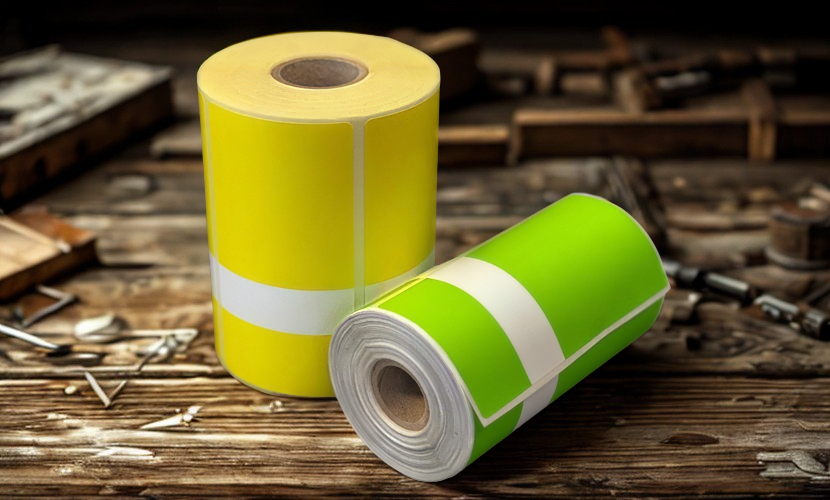Thermal Transfer Tags vs Direct Thermal Tags
The main two differences between these type of tags are whether a ribbon is used, and the labels overall lifespan.
- Thermal Transfer tags require a ribbon to print. They cost more but offer a longer lifespan and are resistant to UV light - ideal for long-term or outdoor use.
- Direct Thermal tags don't use a ribbon, making them cheaper to print, but they're more prone to fading and have a shorter lifespan, especially in sunlight.
Differences between Thermal Transfer and Direct Thermal
| Features | Thermal Transfer | Direct Thermal |
|
Uses a ribbon |
Yes | No |
| Durability | High | Low |
| Scratch resistant | Yes | No |
| Lifespan | Longer lifespan | Shorter lifespan |
| Suitable for | Outdoor and harsh environments | Indoor environments |
| How it works | Uses ink to produce images | Applies heat to produce images |
| General costs | $0.13c per tag | $0.10c per tag |
PAT Tester Printers
With regards to PAT Tester brands – it’s important to understand who offers what before you make a large purchase. Some brands offer both Direct Thermal and Thermal Transfer, while others offer only one.
Lets break down exactly who uses what.
First off the rank is Seaward, and although they utilize a variety of different printers for their PAT testers (i.e. Primetest Pro Kit, PAC 3760DL Printer Pack and Elite Kit), all of them print solely with Direct Thermal. This is certainly a careful consideration you need to make as these will tend to suit warehouses or indoor environments. It's worth mentioning that many people that use Seaward testers still use Direct Thermal tags in outdoor environments.
The ever popular Metrel brand is a mixed bag, with some units printing Thermal Transfer, while others Direct Thermal. PAT Testers kits that are specifically using the Zebra TPL and Godex printer will print Direct Thermal tags. The Zebra ZQ520 which is used with the Delta Pro Print Pack is the only Metrel kit that offers Thermal Transfer printing, but this of course comes with a higher price tag.
Australian made testers by Wavecom specifically use Thermal Transfer tags for their Portable Appliance Testers, such as the TNP-500 and TNP Prime.
Pros and Cons of Thermal Transfer and Direct Thermal
Thermal Transfer
| Pros | Cons |
|
Higher quality and better durability |
More expensive option compared to others |
| Longer lifespan | Needs a ribbon to run on a printer (additional cost) |
| Can be used outdoor or indoor | |
| UV resistant | |
| Text, images and barcodes are higher definition | |
Direct Thermal
| Pros | Cons |
|
Doesn't require a ribbon to print |
Lesser quality means it might fade over time |
| More affordable than Thermal Transfer | Can't be used in harsh environments |
Which label is right for you?
Which label you end up choosing will depend mostly on your work requirements and its environment. To simplify the decision-making process, we have created a printer label guide to help you choose the right label for your printer.
If you’re someone who works in construction or any other kind of harsh environment, then Thermal Transfer will be the one you’ll need to use, no questions asked.
However, a lot of businesses find Direct Thermal tags acceptable to use and will do the job, in which case that's fine to use as well (as long as their lifespan is long enough for your environment).
It's worth mentioning that there is a 'sort of' third option, which is the Thermal Transfer XL White Tags. These are unique in that they are extremely resistant to direct sunlight and heat - so if your label is being used outdoors, the label will give it the ultimate protection. The main drawback is that they scratch very easily when touched.
Most PAT testers nowadays are moving towards Direct Thermal products, which on first glance does seem unusual considering their shorter lifespan, but this is certainly the trend we’re seeing from major test and tag brands.

